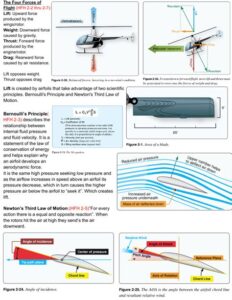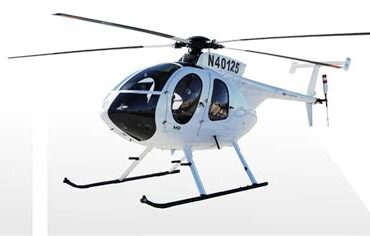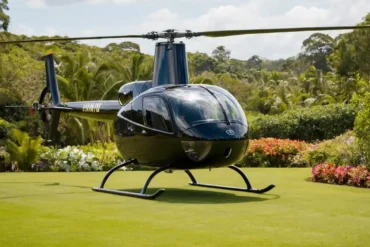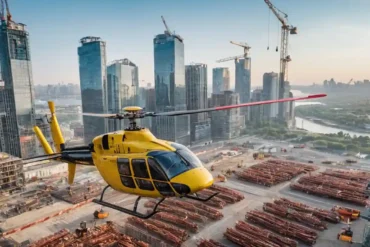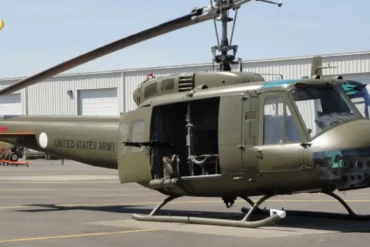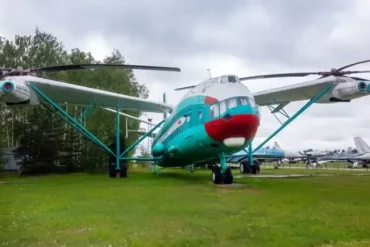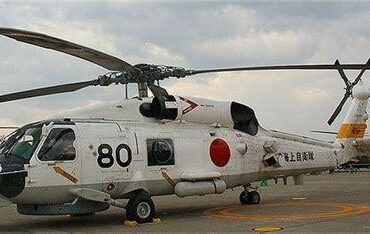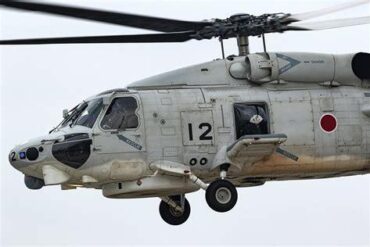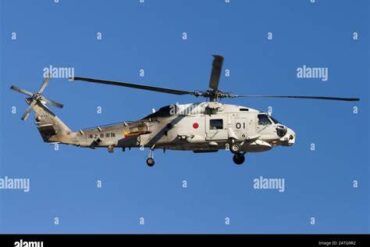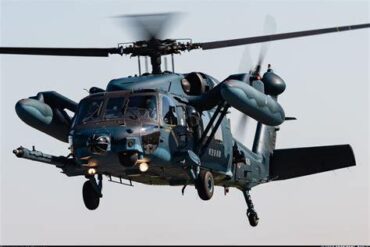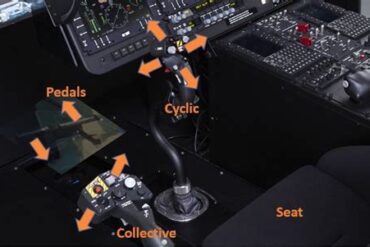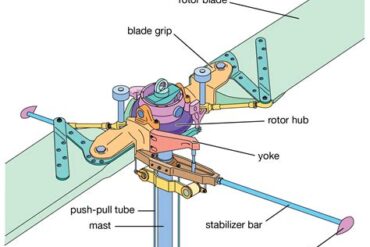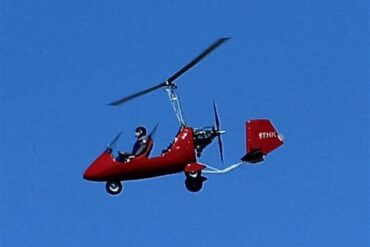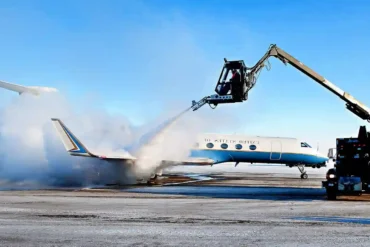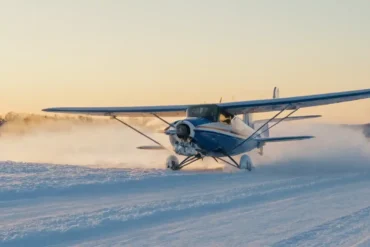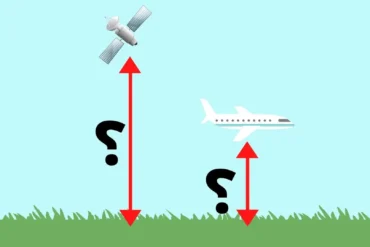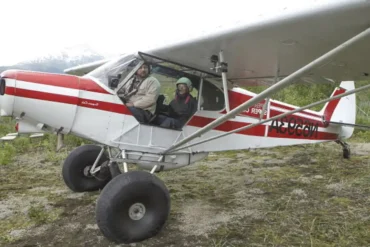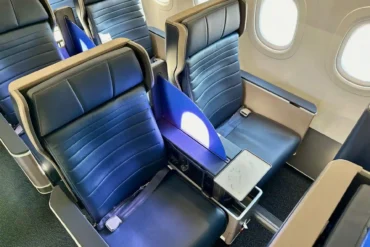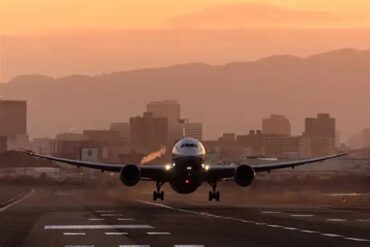Helicopter aerodynamics is a complex yet fascinating field that governs how helicopters operate in the atmosphere. Understanding these principles is crucial for engineers, pilots, and enthusiasts alike. In this guide, we will delve into the intricate details of helicopter aerodynamics, exploring the fundamental concepts and advanced theories that define this area of aviation.
The Basics of Aerodynamics
At its core, aerodynamics refers to the study of how air interacts with solid objects. In the case of helicopters, this involves understanding the forces that act on the helicopter’s rotor blades as they spin and generate lift. The primary aerodynamic forces at play are lift, weight, thrust, and drag.
-
Lift is the upward force that counteracts the weight of the helicopter, allowing it to ascend and maintain altitude. It is generated by the rotor blades as they move through the air.
-
Weight is the force acting downward due to gravity. This force must be overcome by lift for the helicopter to rise.
-
Thrust is produced by the helicopter’s engine and rotor system, propelling it forward.
-
Drag is the resistance force that acts opposite to the direction of thrust, arising from the helicopter’s movement through the air.
Understanding how these forces interact is essential for the design and operation of helicopters.
How Lift is Generated
Lift generation in helicopters is primarily achieved through the Bernoulli Principle and the Angle of Attack (AoA) of the rotor blades. The Bernoulli Principle states that an increase in the speed of a fluid occurs simultaneously with a decrease in pressure. As the rotor blades rotate, they create a difference in air pressure above and below the blades, resulting in lift.
Angle of Attack
The Angle of Attack is the angle between the chord line of the rotor blade and the direction of the oncoming air. By adjusting this angle, pilots can influence lift. However, if the AoA becomes too steep, the rotor blades can stall, leading to a loss of lift and potentially catastrophic results. Understanding and managing AoA is critical for safe helicopter operation.
Rotor Blade Design and Functionality
The design of rotor blades plays a pivotal role in helicopter aerodynamics. Rotor blades are typically long and slender, designed to reduce drag while maximizing lift. They are also often shaped with an airfoil design, which is critical for efficient lift generation.
Types of Rotor Systems
Helicopters may employ different rotor configurations, including:
-
Single Rotor Systems: The most common type, where one main rotor provides lift, and a tail rotor counteracts torque.
-
Tandem Rotor Systems: Two main rotors mounted one in front of the other, which can balance torque without a tail rotor.
-
Coaxial Rotor Systems: Two rotors stacked on the same mast but rotating in opposite directions, providing enhanced lift and reduced drag.
Each design has unique aerodynamic characteristics that influence performance and efficiency.
The Role of the Tail Rotor
The tail rotor serves an essential function in helicopter flight by counteracting the torque produced by the main rotor. Without the tail rotor, the helicopter would spin uncontrollably due to the reaction of the main rotor’s rotation. The tail rotor creates thrust in the opposite direction of the torque, allowing for controlled yaw (rotation around the vertical axis).
Tail Rotor Aerodynamics
The tail rotor operates on the same aerodynamic principles as the main rotor. It generates lift and thrust by moving air over its blades. The effectiveness of the tail rotor can be influenced by its size, shape, and angle of attack, which must be carefully designed to maintain stability during flight.
Hovering and Forward Flight
Hovering is one of the most challenging maneuvers in helicopter flight. It requires a delicate balance of lift, weight, thrust, and drag. During hovering, the helicopter’s rotor blades must produce sufficient lift to counteract its weight without any forward motion.
Dynamic Rollover
A critical concern during hovering is the potential for dynamic rollover. This phenomenon can occur when one side of the helicopter begins to rise, leading to an uncontrollable roll. Pilots must be aware of weight distribution and environmental factors, such as wind, to maintain stability during this phase of flight.
Transition to Forward Flight
When transitioning from a hover to forward flight, the rotor blades adjust their angle of attack to maintain lift while the helicopter gains speed. This transition requires skillful management of controls to ensure smooth acceleration and control over the aircraft.
The Effects of Weather on Helicopter Aerodynamics
Weather conditions significantly impact helicopter performance and aerodynamics. Factors such as wind, temperature, and humidity can alter lift generation and overall aircraft stability.
Wind Effects
Wind can either assist or hinder helicopter flight. For example, headwinds can enhance lift during takeoff, while tailwinds can reduce the effectiveness of lift and thrust. Additionally, gusty winds can lead to unpredictable changes in lift, making it imperative for pilots to remain vigilant and adjust accordingly.
Temperature and Density Altitude
Higher temperatures can decrease air density, resulting in reduced lift efficiency. This phenomenon is known as density altitude. Pilots must take density altitude into account when planning flights, particularly in hot conditions or at high elevations, as it can impact the helicopter’s performance and safety margins.
Understanding Drag in Helicopter Flight
Drag is a critical aspect of helicopter aerodynamics, and it can significantly influence fuel efficiency and flight performance. There are two primary types of drag that helicopters experience:
-
Parasite Drag: This type arises from the shape of the helicopter and its components, such as the fuselage and rotor blades. The more streamlined the design, the less parasite drag the helicopter experiences.
-
Induced Drag: This drag occurs due to lift generation. As lift increases, so does induced drag. Therefore, managing lift efficiently is crucial for reducing overall drag.
Strategies to Reduce Drag
Reducing drag can lead to enhanced performance and fuel efficiency. Some strategies include:
-
Streamlined designs for rotor blades and fuselage.
-
Optimizing rotor blade pitch and angle of attack to minimize induced drag.
-
Utilizing advanced materials and technologies to create lighter and more aerodynamic helicopter structures.
Advanced Aerodynamic Concepts
In addition to the fundamental principles, helicopter aerodynamics also involves advanced concepts, such as vortex ring state and translational lift. Understanding these phenomena is essential for advanced helicopter operation and design.
Vortex Ring State
Vortex ring state occurs when a helicopter descends into its own downwash, leading to a significant loss of lift. This situation can be dangerous, especially in low-altitude operations. Pilots must be trained to recognize the signs of vortex ring state and implement corrective measures promptly.
Translational Lift
Translational lift is an increase in lift that occurs when a helicopter transitions from a hover to forward flight. As the helicopter gains speed, the rotor blades move into undisturbed air, enhancing lift efficiency. This concept is vital for understanding helicopter performance during various phases of flight.
Conclusion
Understanding helicopter aerodynamics is essential for safe and efficient helicopter operation. From the basic principles of lift and drag to advanced concepts like vortex ring state, a comprehensive grasp of these topics allows pilots and engineers to optimize helicopter design and performance. Mastery of helicopter aerodynamics not only ensures the safety of flight but also enhances the overall efficiency and effectiveness of helicopter operations.
